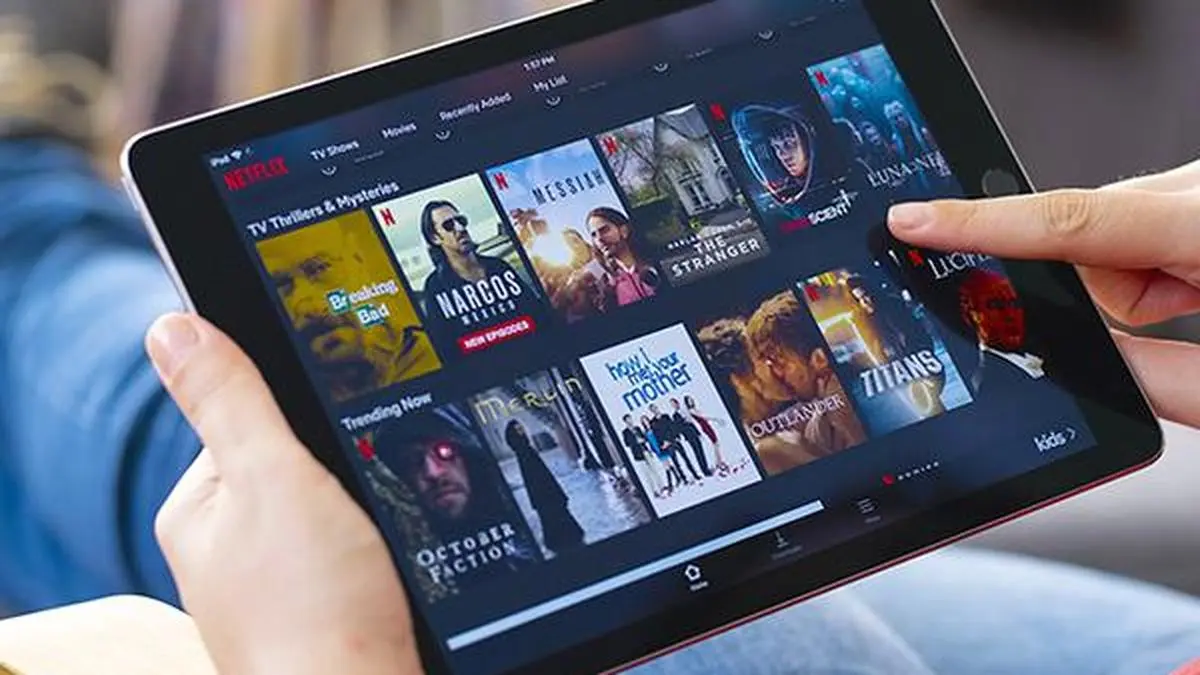With the second coming of Donald Trump, it may now be prudent to try to understand him. Neither episodic nor properly aberrant, the Trump phenomenon is striking in its clarity. Trump has a theory of American power.
When he first put it forward, it was a relatively marginal theory. Now it is seemingly almost uncontested. As the differences between Donald Trump and Joe Biden started to look more contextual than substantive, the former’s victory in November acquired the tinge of inevitability.

Like it or not, Trump is what America means today. Power, in Trump’s mind, must be exercised directly. This marks a drastic change: American power has distinguished itself for its ability to hide behind a complex structure of rules and institutions, a structure many thought only increased its reach.
Trade rules, military alliances, political doctrines. The liberal international order, as it was often called, was a tool of power. That has changed.
In recent years it has become increasingly difficult for Washington to bring about the outcomes it desires. China’s influence keeps growing. It threatens to dominate the green transition in the way America dominated the electricity revolution.
The Taliban returned to Kabul, after the US announced its withdrawal. The Ukraine war appears frozen. This is where Trump comes in with an obvious response: Americans have to forget about liberal pieties and embrace the open exercise of force, with little concern for legitimacy or normative trappings.
.

























